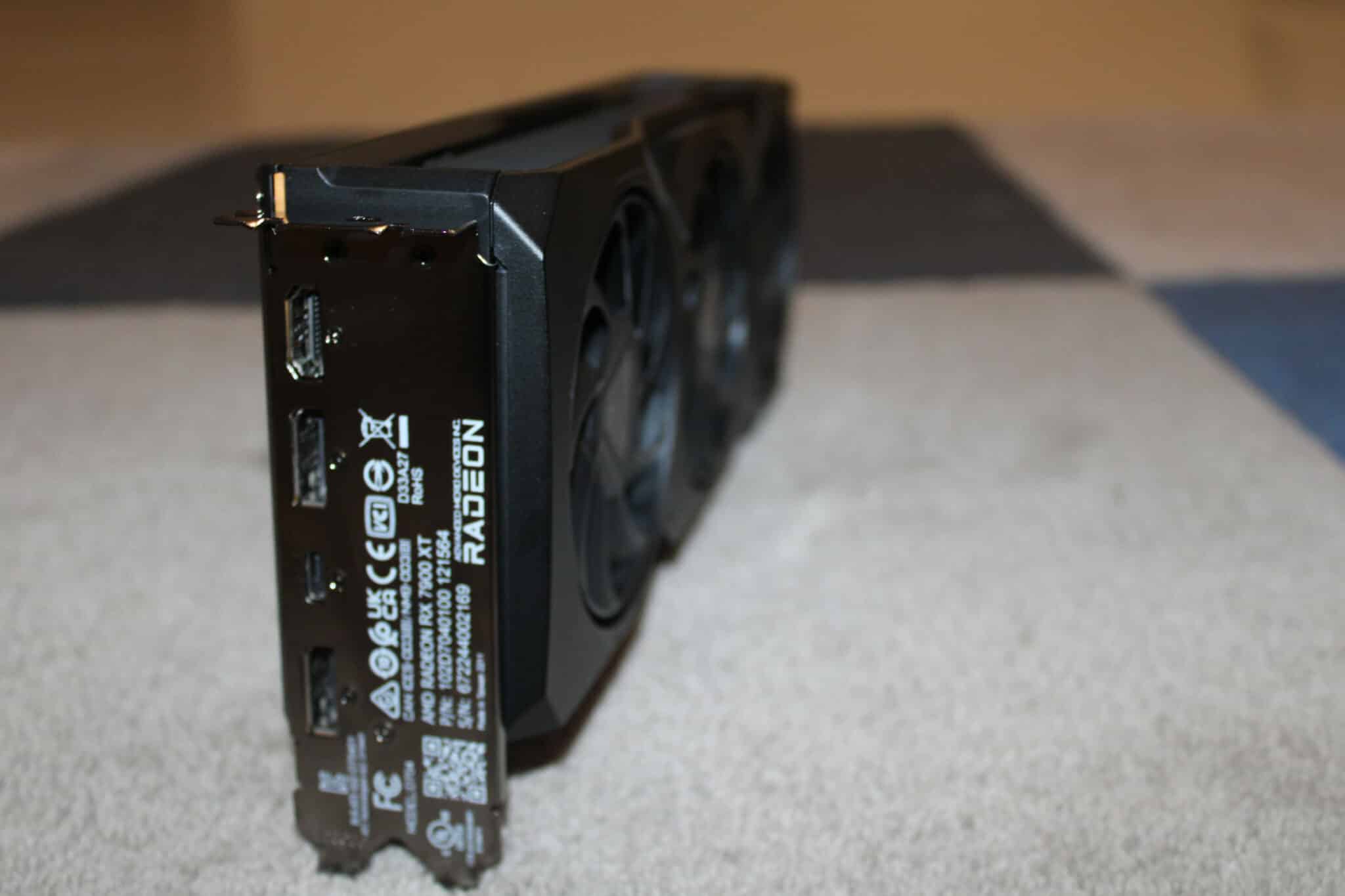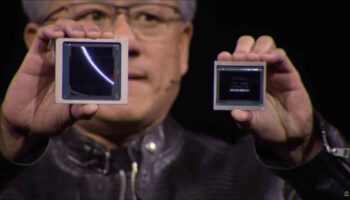AMD’s RDNA 3 flagship draws as much power as the NVIDIA GeForce RTX 4090 despite being substantially slower (and cheaper). The Radeon RX 7900 XTX has been in the spotlight because of the defective vapor chamber (heatsink) that around 10-15% of cards shipped with. The “Big Navi” GPU was supposedly designed to break the 3GHz mark, making it the first to do so.
Of course, like many of Team Radeon’s inflated plans, it didn’t come to fruition. We got a 350W graphics card with decoupled clocks, starved for even more power. Most AIB variants sip more than 350W, with over-engineered variants such as the Sapphire Nitro+ drawing over 400W at stock settings.
Overclocking the Radeon RX 7900 XTX anywhere close to 3GHz is nearly impossible. ComputerBase was lucky enough to find an AIC card that actually manages this feat. The Sapphire RX 7900 XTX Nitro+ was overclocked to a mighty 3.1GHz+ by the German publication (effective in-game clock) without modifying the hardware in any way.
The Radeon RX 7900 XTX Nitro+ attains an average boost clock of 2.95GHz in Tiny Tina’s Wonderlands. The reference RX 7900 XTX runs around 2.8GHz, while the NVIDIA RTX 4080 FE clocks just over 2.7GHz. Upon overclocking, the RX 7900 XTX Nitro+ operates at nearly 3.1GHz, a gain of 300MHz over the former. ASUS’ GeForce RTX 4080 runs at 2.83GHz at stock and 2.95GHz when overclocked.
While the GeForce RTX 4080 clocks roughly the same throughout all titles, the Radeon RX 7900 XTX attains varying clocks. In Metro Exodus (4K Ultra), the reference Radeon barely hits 2.5GHz, while the Nitro++ operates a little 2.7GHz at stock and 2.8GHz when overclocked.
Unfortunately, even the highest overclocked Radeon RX 7900 XTX falls short of the RTX 4080 in Tiny Tina’s wonderland, losing by a sound margin across both the min and average frame rates.
Unlike the clock speeds, the power consumption of the RDNA 3 flagship is roughly the same across most titles. In Tiny Tina’s Wonderlands, the RX 7900 XTX reference draws 340-360W power, while the RTX 4080 FE averages under 300W. The ASUS GeForce RTX 4080 sips 300-320W of power at stock and 350W when overclocked. And now, for the big one. The RX 7900 XTX Nitro draws a massive 500W power when overclocked and 410W at stock settings.
These findings indicate that the Radeon RX 7900 series was rushed. The GPUs are power starved, the clocks scale horribly after a certain point, and the power consumption is over the top. We’ve heard many rumors of a possible architectural flaw in the Navi 31 die, which is exactly what it looks like. We hope the lower-end Radeon RX 7800 XT and 7700 XT (Navi 32/33) will offer stiffer competition to the RTX 4070 and 4060 Ti, respectively.
Source: ComputerBase






